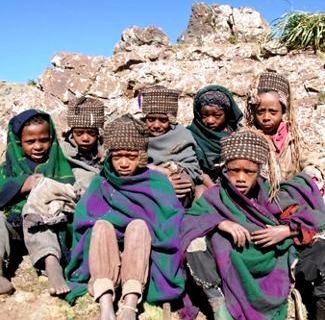 Kuala Lumpur, Malaysia – Serious gaps in protection are leaving tigers exposed to poachers, a new WWF study says, but this could be reversed if more investments are made in staff, equipment, and training programs for rangers that are working to protect the scattered populations of the endangered species in the wild.
Kuala Lumpur, Malaysia – Serious gaps in protection are leaving tigers exposed to poachers, a new WWF study says, but this could be reversed if more investments are made in staff, equipment, and training programs for rangers that are working to protect the scattered populations of the endangered species in the wild.
WWF released the findings on November 23 to mark the 2nd anniversary of the historic St. Petersburg Tiger Summit, a high-level meeting hosted by the Russian Government and World Bank that saw 13 tiger range governments pledge to double wild tiger numbers from the current 3,200 to 6,000 plus by 2022 (TX2).
Covering 135 critical areas within the 12 landscapes where WWF currently supports tiger conservation, the survey found many of the sites remain poorly managed and under-resourced and, therefore, remain highly vulnerable to poachers.
“Poaching continues to be the single-most immediate threat to the survival of the tiger in the wild and also the greatest barrier to achieving the TX2 goal,” said Mike Baltzer, leader of WWF’s Tigers Alive Initiative. “If we don’t work as fast as possible towards ending poaching in these places, then we cannot trust that these last remaining populations of tigers, and their prey, are safe for longer term recovery of this endangered species.”
The survey also shows that the same sites are in danger of becoming “paper parks”, i.e., parks that are legally protected but are not being actively managed and protected on the ground.
Although 90% of the sites surveyed are legally protected, less than half have protection-specific management plans (with the exception of Russia). Across South and Southeast Asia, only 12% of sites had the full number of planned staff in place and over 50% were not trained or equipped to an adequate level.
“The report shows that while important government commitments have been made, and much action has been accelerated, we are still far from what is needed to establish the very basics of tiger recovery,” Baltzer added.
Moving Forward: Six Ways to Increase Tiger Numbers
The survey examined six key elements related to effective management and protection against poaching: legal protection status, protection management, effective patrolling, intelligence networks, arrests and prosecutions as well as training and resources for field staff.
Investments in these areas are needed to not only achieve Zero Poaching, but to demonstrate to that the commitments made at the Summit are being actively pursued and are evident in the increased efforts to protect tigers. WWF is committed to Zero Poaching and will use the survey results to help identify gaps for future investments.
Global Tiger Recovery Program and Cards4Tigers
The 2010 Tiger Summit, governments also endorsed the Global Tiger Recovery Programme, an amalgamation of national tiger conservation actions and global targets towards meeting the TX2 goal. As a follow-up to the Tiger Summit, government officials met during the 2nd Asian Ministerial Conference on Tiger Conservation conducted in Bhutan in October 2012, where they committed to taking immediate and specific action over the next year to strengthen protection.
Since the Tiger Summit, WWF has been working with governments, NGOs and private partners to find ways to improve the effectiveness of ranger patrols through the development of law enforcement monitoring systems across Asia, training teams and key stakeholders in the latest methods in patrolling, prevention and conservation. WWF is presently supporting protection field staff and rangers through the Tigers Alive Initiative’s “Cards4Tigers”.
Source: WWF.














